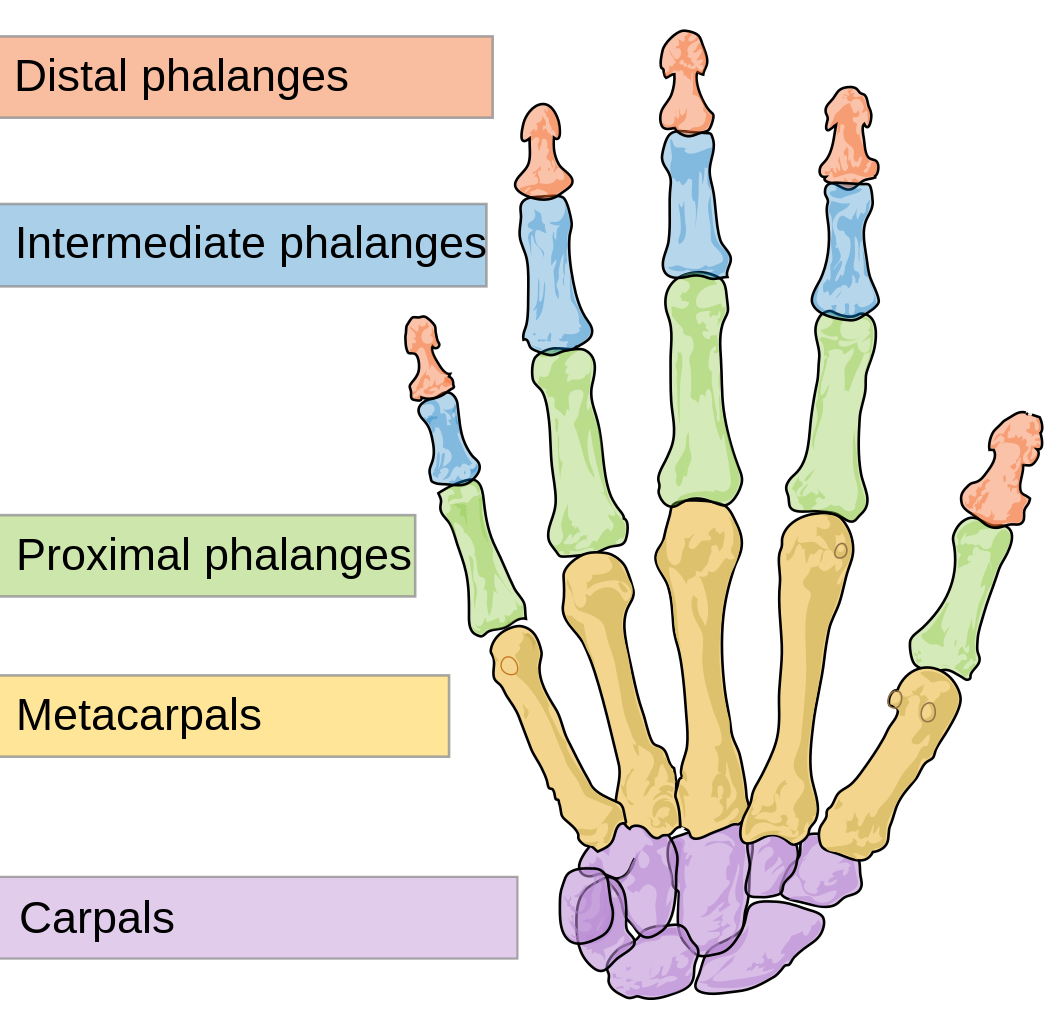Last Saturday on the last game before the Olympic break, Frans Nielsen of the New York Islanders suffered a broken left hand. The break was directly caused due to a two-handed slash delivered by Colorado Avalanche defenseman Erik Johnson which earned him a two-game suspension. The suspension video is here.
Johnson delivered a reckless, vicious slash that caught Nielsen across the thumb. Nielsen did not return to the game. Gif below courtesy of Lighthouse Hockey.
Frans may be a Danish God, but that hurts.
The word from Islanders beat writer Arthur Staple is that Nielsen suffered nondisplaced fracture in his left hand and may be out a month.
NIELSEN'S FRACTURE, RECOVERY, AND PROGNOSIS
Fractures in the bones of the hand are actually a fairly common injury in winter sports. For example, skier's thumb, a fracture of the thumb leading to damage of the ulnar collateral ligament (UCL) is the most frequent upper extremity injury second only to knee injuries in downhill skiing. The hands are vulnerable in sports such as hockey to hooks, slashes and falls/crashes to the ice or boards. There are several bones in the hand vulnerable to fracture; the phalanges of the five digit fingers, the long mid-hand metacarpal bones, or the carpal bones of the wrist/lower hand (eg scaphoid, lunate, capitate, etc.).
An x-ray showing a fracture of the 2nd, 3rd, and 4th metacarpals.
There are four types of [hand] fractures:
- Displaced: the bone breaks into two or more pieces and becomes misaligned. There is a separation between the two fracture faces or the faces are no longer lined up.
- Nondisplaced: the bone cracks or breaks but doesn't move and maintains its proper alignment and position (The two fracture surfaces have not moved relative to each other).
- Comminuted: the bone is broken in several pieces in different places.
- Open fracture: the bone breaks through the skin (closed is when the bone breaks but there is no puncture or open wound).
The x-ray image below shows a nondisplaced fracture of the 5th (pinky) metacarpal. The dark line (which is circled), is the fracture.
The good news for Islanders fans is that Frans Nielsen's fracture is nondisplaced and will not require surgery. In cases like this when the bone fragments of the fracture haven't displaced much, or if the break is located in the middle (shaft) of the bone, a specially designed cast (or splint) will be used to hold the bone fragments in place and allow them to heal. Follow-up x-rays will be ordered to ensure that the bone is healing in a good position and hasn't slipped out of alignment.
If a fracture is displaced and unstable, surgery may be necessary to set the bones back into alignment and stabilize them with screws, pins, or plates, ensuring proper healing. Surgery of the hand may involve a region, or general anesthetic depending on the location and severity of the injury. If a fracture can be aligned and stabilized without an incision, it's called a closed reduction. However, if a fracture requires an incision for manipulation and stabilization of the fractured bone (with wires, screws, plates, etc) it is known as an open reduction, internal fixation (ORIF). In the event of a comminuted fracture where the fragments are shattered or bone becomes missing, a bone graft may be necessary. Post-operative management requires a splint/cast immobilization.
The length of immobilization and healing time depends on several factors included but not limited to: location of the fracture, depth of the fracture, injury to the surrounding soft/connective tissue, and injury to ligaments. Possible and common complications following a fracture include stiffness, soreness, slow-healing and mis-aligned healing.
The four-week/month time frame stated by Arthur Staple seems fairly standard. He's expected to miss the first week of Islanders games following the Olympic break. The only issue seems to be the location of his injury (possibly the thumb), an important and complex area of the hand. However, it seems like it'll be an easy recovery for Nielsen who will miss minimal time thanks to the two-week break. Let's hope for a full recovery, because Nielsen needs his hands healthy to pull off his patented Danish Backhand of Justice (DBOJ) as shown below.





No comments:
Post a Comment